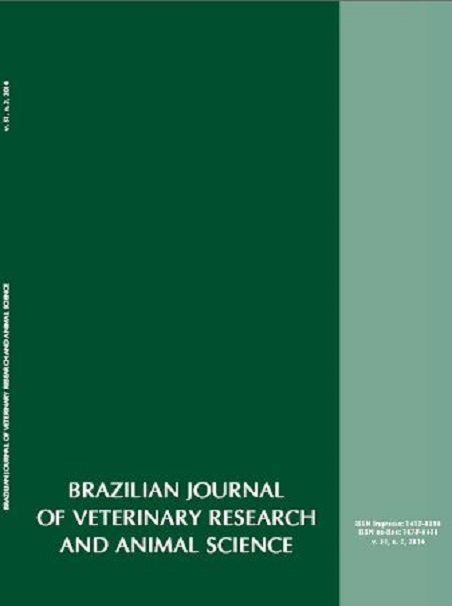Feasibility of grazing sheep production systems using long-term economic indicators and the methodology of the soil expectation value
DOI:
https://doi.org/10.11606/issn.1678-4456.v51i2p149-157Keywords:
animal production, creep feeding, creep grazing, land cost, production strategyAbstract
Due to the high value of land in Brazil, it is necessary to conduct studies about the economic feasibility of the choice of production strategy. The soil expectation value determines the maximum purchase price of the bare land, considering the horizon of infinite time. Therefore, this methodology was used to assess the financial-economic feasibility of sheep production systems in pasture with either creep feeding or creep grazing termination of unweaned lambs. Six scenarios were proposed to evaluate the economic feasibility, according to the finishing strategy, the dry matter (DM) offer per kg of body weight (BW) per day (12% or 8%) and the corresponding percentage of white clover supplementary pasture area (30% to 50% - relative to the main pasture area). The soil expectation value was positive in all of the evaluated systems Creep grazing finishing system with 8% DM offer per kg BW and with 30% of reduction on the white glover area resulted in the largest financial return (R$ 289,043.71) and the highest internal return rate (1.74%). The most economically attractive scenario, however, was the creep feeding finishing system with 8% DM offer per kg of BW, which allowed expenses with the land as high as R$ 22,950.68 per hectare. Adjustments in the main pasture offer, which do not compromise animal performance, can enable economic improvement on the feasibility of grazing sheep production systems. The soil expectation value can be used as an economic indicator in the choice of location or expansion of grazing sheep farms.Downloads
Download data is not yet available.
Downloads
Published
2014-09-23
Issue
Section
ARTICLES
License
The journal content is authorized under the Creative Commons BY-NC-SA license (summary of the license: https://
How to Cite
1.
Stivari TSS, Chen RFF, Gameiro AH, Monteiro ALG, Raineri C, Silva JBA. Feasibility of grazing sheep production systems using long-term economic indicators and the methodology of the soil expectation value. Braz. J. Vet. Res. Anim. Sci. [Internet]. 2014 Sep. 23 [cited 2026 Jan. 2];51(2):149-57. Available from: https://revistas.usp.br/bjvras/article/view/63932





